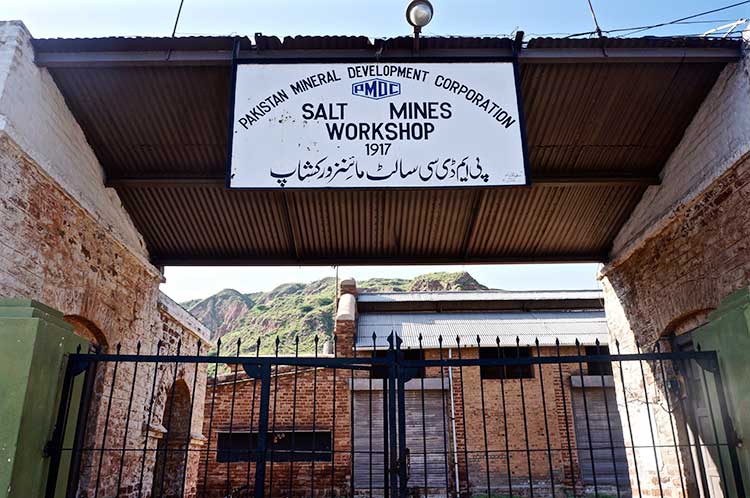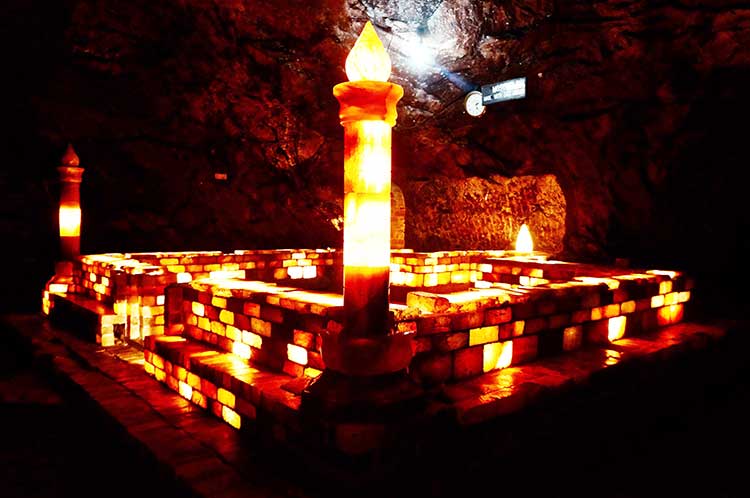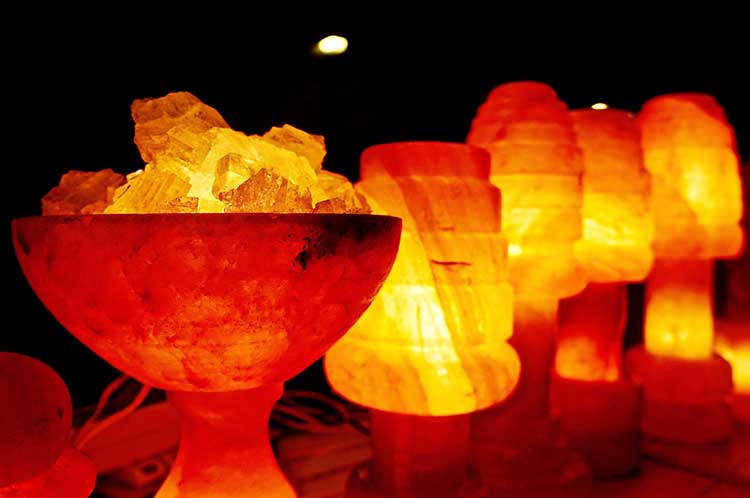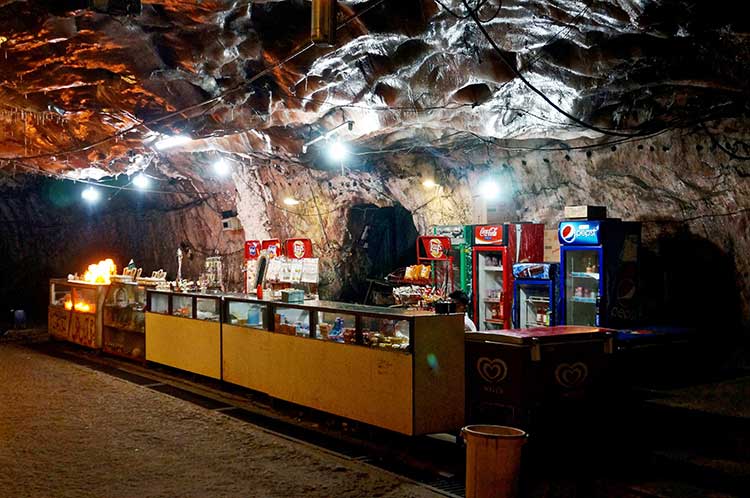Written by: Muhammad Asif Nawaz
Posted on: January 06, 2017 |  | 中文
| 中文
Inside the Khewra Salt Mine
The Salt Range, spanning the north of Punjab and extending all the way from Jhelum to the Indus River, is one of Pakistan’s geographical treasures. Not only are its topographical features mesmerizing, but it also comprises a potent historical chapter to go with it. With a length of 175 km, the Range boasts of the ancient Katas Raj complex, held in immense reverence by the Hindus, as well as the forts of Rohtas, Malot and Kafirkot, the Takht-e-Babari, and the shrine of the grandson of Abdul Qadir Jillani. It also has five wildlife sanctuaries and the National Park of Chinji. The serene lakes of Ucchali, Kabikki and Namal add immensely to the place’s tourist potential. However, no account of the Salt Range can be considered complete without a mention of one of its most significant features: the Khewra Salt Mine.
Khewra is Pakistan’s largest and oldest salt mine, located in the north of Pind Dadan Khan. Its importance is elevated by the fact that it is the world’s second largest salt mine, second only to the Sifto Mine in Ontario, Canada. It is easily accessible from both Islamabad and Lahore, falling midway between the two cities, and reached by exiting the Kallar Kahar interchange on the M2.
The Khewra Salt Mine is drawn upon eighteen storeys, spreading well above forty kilometers. One of these storeys was opened for public in 2003 to an enormous response. About 250,000 tourists visit the mine annually, stamping Khewra as one of Pakistan’s most visited tourist spots. The mine produces around a hefty 387,747 tonnes of salt per annum. However, only half of this is excavated, so as to prevent the mine from caving in.

Khewra has adequate tourist facilities. An electric train takes you to the inside of the mine, although you can always walk your way there if you want. Originally, the train was meant only for the transport of salt, but its function was altered to cater for growing tourism. As the train snakes inside the dark mine with artificial lights in place, the change in temperature is palpable. Even if it’s the sweltering Punjabi summer, the temperature of the mine is always maintained at a comfortable 18-20 degrees.
As you walk into the heart of the mine, the world assumes the form of salt, which is just about everywhere. There are numerous salt water ponds present, some of them allegedly centuries old. Various salt structures have also been erected in the mines. Most notable among these are the replica of the Minar-e-Pakistan, and the Salt Mosque (which the labourers have christened as their own ‘Badshahi Mosque’). Among the most interesting sights in the mine are the salt bridge that stands solid without any support whatsoever, the crystal gallery, and the carvings of verses and faces of the founders of Pakistan on the roof of a chamber. Also present in the mine is a wall that you’re supposed to lick – legend has it that this will get you a spouse of your liking. It’s rather amusing to see singles engage in this act!

There’s a lot more to Khewra than the salty sights and sounds of the mine. Khewra’s discovery is one of history’s romances as well. It was in 320 BC that the place was first discovered. As the battle between Alexander the Great and Raja Porus was imminent, the armies of the former established their camps here. Their horses were seen licking the rocks of the area gluttonously, which eventually led to the discovery of salt here. However, it was centuries later, during the Mughal era, that the mine was formally inaugurated. Since then, it has been functional, with various advancements done by the many regimes that followed.

A dispensary has been set up inside Khewra to cater to the immediate needs of tourists and labourers. An asthma clinic was also opened in 2007, where many respiratory diseases are treated through “salt therapy”. Other facilities are also in place. A souvenir shop sells various items made of salt, including lamps, bowls and replicas of famous buildings. There is even a cafe with a large seating area.

For all this and more, the Khewra Salt Mine is a must visit if you yearn either for a geographical marvel or a lesson in history. Despite the 2010 floods having adversely affected the mine, much has been restored. Run by the Pakistan Mineral Development Corporation (PMDC), the place is well worth a visit, and is sure to provide you with a memorable experience.
You may also like: